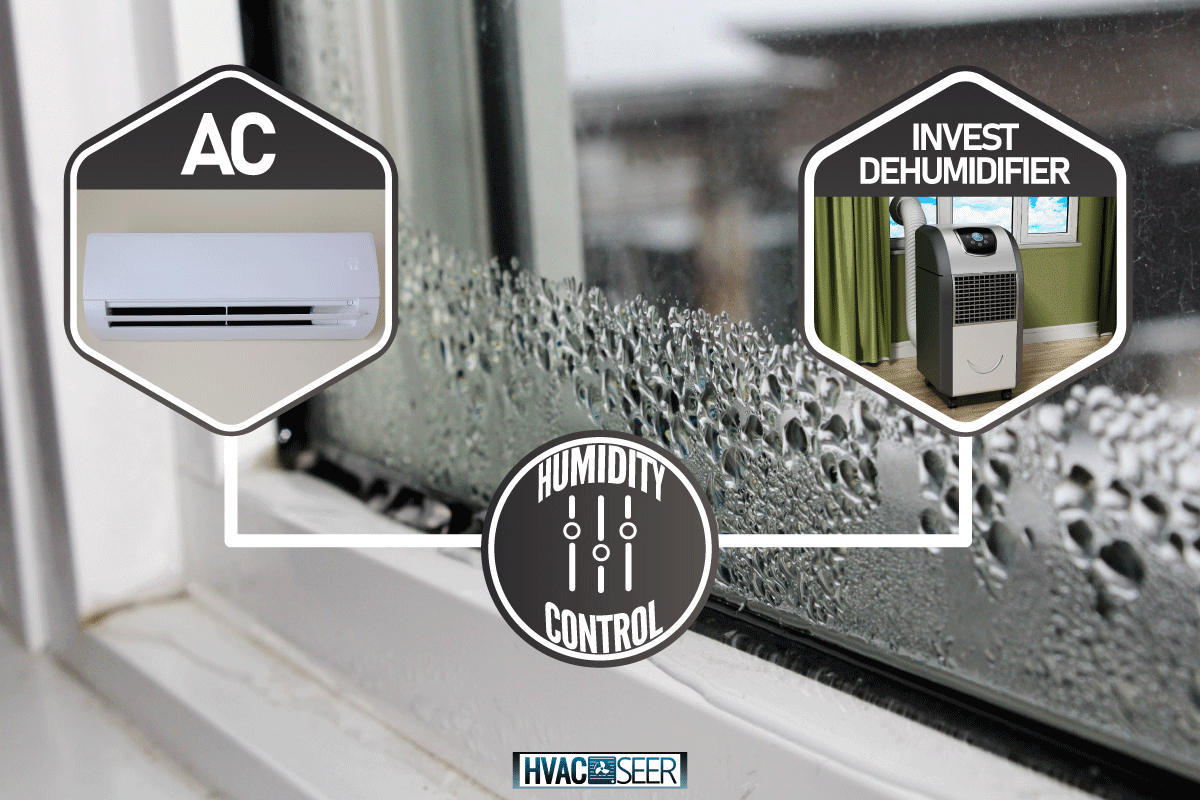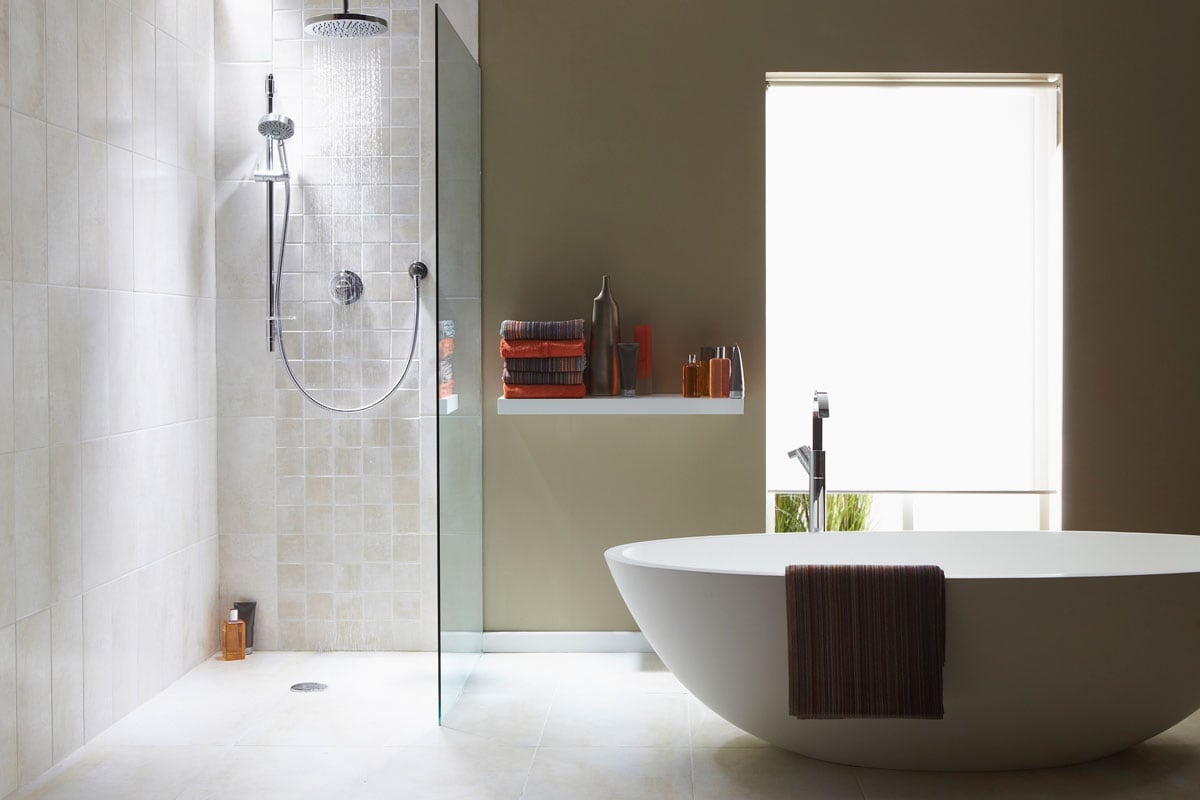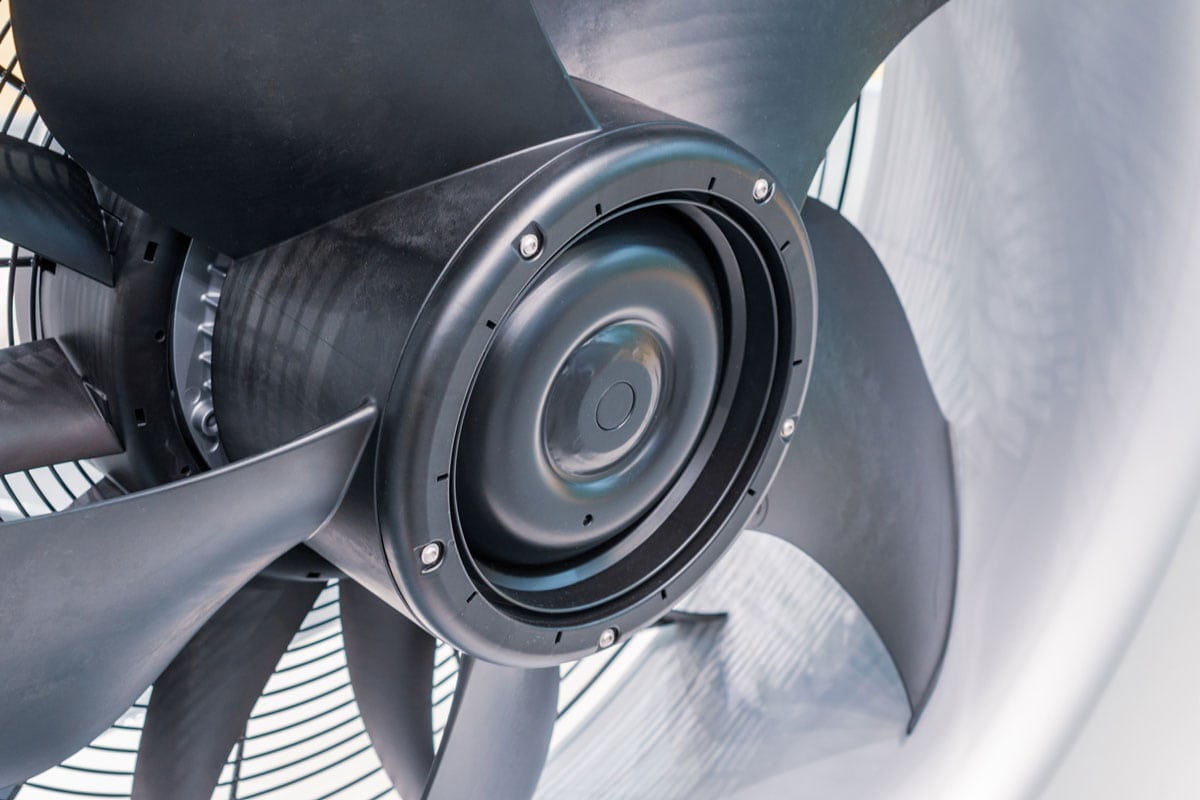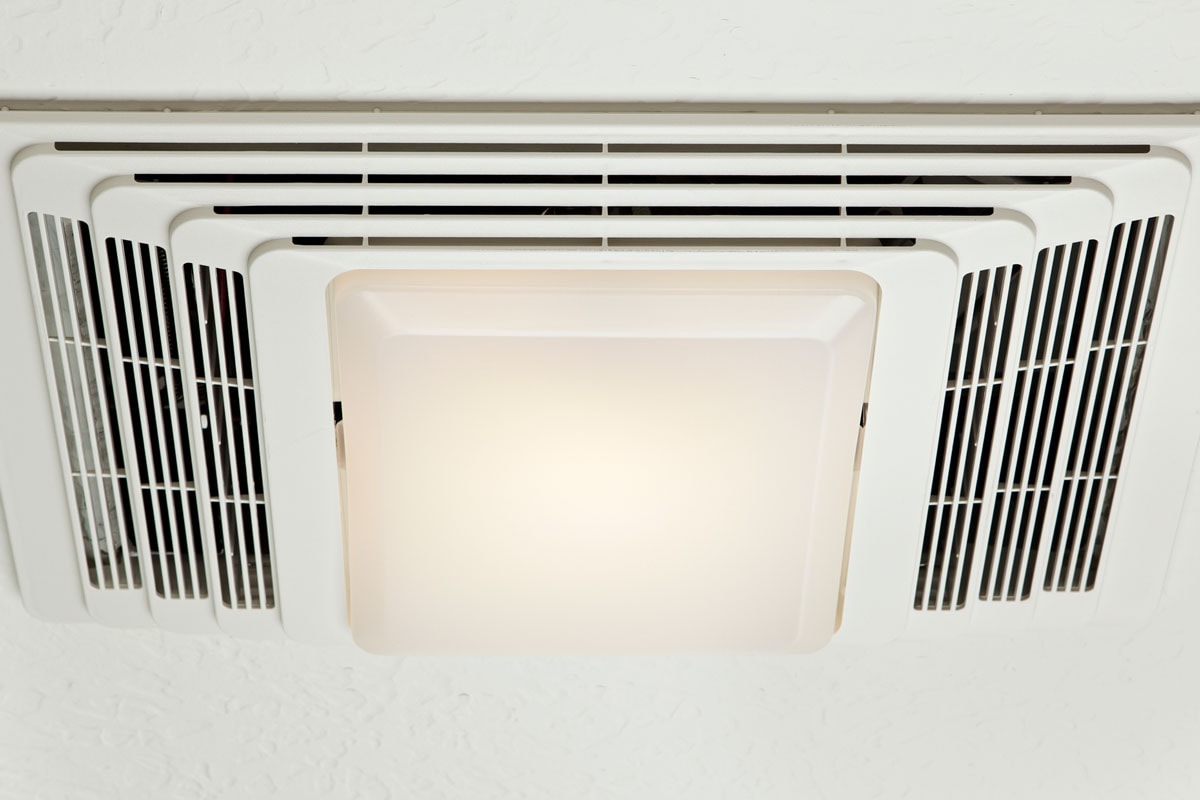When your house makes you feel unpleasantly warm and sticky, your indoor humidity level is the most likely culprit. Fortunately, this is easily remedied by knowing how to control humidity in the home. Here, we've gathered practical and effective methods that you can apply to wipe out that stifling feeling caused by high humidity levels.
There are several methods you can use to control your home's humidity. Try any or all of the following:
- Keep showers short at cooler water temperatures
- Avoid hang-drying laundry in an enclosed room; dry wet or damp clothing outdoors (if feasible) or near ventilation
- Invest in a dehumidifier
- Turn on the air conditioner
This article will focus on how to deal with an overly high humidity level in your home. Please keep reading!

How to Control Humidity in your Home
Humidity is measured by the amount of water vapor in the air. Simply put, the wetter the air is, the higher the humidity and the more sweaty you feel. Lowering the relative humidity level in the home will improve indoor air quality, your health, and overall well-being.
According to the US Environmental Protection Agency (EPA), the ideal indoor relative humidity is between 30%-50%, while other studies put it at 40%-60%. Within this scope, you'll feel more comfortable and healthy while avoiding the harmful effects that too low or too high humidity can bring.
Comfort aside, controlling humidity indoors and bringing it to recommended standards promotes overall physical and mental health. An inordinately clammy environment is a breeding ground for dust mites that can cause asthma and allergy. The discomfort it brings also induces lethargy and irritation, leading to mental and emotional stress.
Here are measures you can take to keep humidity in the home at the recommended range:
Keep Your Showers Shorter and Cooler

Doing this will reduce the amount of moisture in the bathroom that contributes to high humidity. Shower in 15 minutes or less and at a cooler than lukewarm temperature.
Drying Laundry Raises the Humidity Level

For clothes and items that cannot be placed in the dryer, like leather and suede outfits, delicate fabrics, and athletic shoes, hang these items to dry outdoors, if permitted in the vicinity. Or place the drying rack near an open window to reduce the moisture inside.
Invest in a Dehumidifier
A dehumidifier is a device that lowers the humidity in a room or the whole house by drawing in excess steam or moisture from the atmosphere, thereby making the indoor air drier and less stuffy.
Dehumidifiers can be portable machines that you can transfer from one area to another or whole-house dehumidifiers that install directly onto your HVAC system.
See this 1,500 square foot portable dehumidifier on Amazon.
Aside from reducing the clamminess of your indoor environment, dehumidifiers help to keep the family healthy. Molds and dust mites survive better in a moist atmosphere, triggering allergies and asthma.
A good dehumidifier can bring down indoor humidity to a comfortable degree. Get a unit that has a humidistat (also called a hygrostat) that measures humidity level.
Turn on the Air Conditioner
An air conditioner is the appliance of choice for cooling the home. What many don't realize is it is also very useful for lowering indoor humidity at the same time. As the cycle of hot air being drawn out from the house and cool air going back in continues, the relative humidity decreases.
Don't forget to clean the AC filters regularly. Clean filters will allow an unhampered flow of air, promoting maximum efficiency.
What are the symptoms of high humidity in your home?
High relative humidity in your home will be manifested by symptoms that you can't overlook. Take action immediately to prevent damage to your house and harmful effects on your health. Signs of a very humid home include the following:
- The inside of your windows is constantly foggy. This is an indication of excess moisture in the environment.
- The odor of molds and mildew is pervasive. These fungi grow on organic surfaces like walls and floors in a moist environment like the bathroom, basement, and interiors of cabinets.
- Paint on walls, ceilings, and floors is cracked or peeling.
- Stains and discoloration on walls are present, a sign of excessive humidity.
- You or other people living in the home are constantly suffering from asthma or allergies without an obvious trigger.
How can you check humidity without a hygrometer?
A hygrometer is a small device that measures the amount of water vapor in the air or relative humidity. They are relatively affordable. But without a hygrometer, you can still measure humidity using these:
Ice Cube Test
- Put 4-5 ice cubes in a glass of tap water. Place the glass in any part of the house except the kitchen and bathroom.
- Wait 3 minutes.
- Check the glass. If water droplets are on the outside surface of the glass, humidity is high in that room.
Monitor Via an App
Make use of apps for measuring humidity. They are now available at Google Play for Android and App Store for iPhones.
Does a fan help with humidity?
Ventilation fans and exhaust fans are cost-effective tools that help in controlling the humidity in your house. Here's how one works differently from the other:
Exhaust Fans

Exhaust fans remove the warm indoor air and push them out through the exhaust vents or the fan blades, making way for cooler air to come in through open windows and doors. Exhaust fans are especially useful in the kitchen and bathrooms.
Turn them on when cooking to push the hot air out through the duct as well as the odors that naturally come with cooking.
In the bathroom, using these fans will vent the steam outside the home and keep your mirrors from becoming foggy.
When you're done cooking or bathing, keep them on for a little while longer or until there is little or no more steam. Remember that steam left in the bathroom for 1-2 days can lead to mold buildup and the growth of bacteria.
Tip: A box-type ventilation fan can function as an exhaust fan if it is placed near an open window and facing outward. Practice safety if using this alternative by placing it on a stable surface.
Ventilation Fans

Ventilation fans work the opposite way. They bring in air from the outside to circulate indoors and freshen the rooms and spaces. They can also dispel respiratory pathogens that may be present indoors due to high humidity. Ventilation fans may be ceiling fans, wall-mounted fans, or stand fans that come in various sizes.
Ventilation fans will only help in controlling humidity in the home if the outdoor humidity level or temperature is lower than the indoor. Placing them near an open window will give maximum results.
These fans won't be effective if:
- The room is a closed space. The rotor blades will only be recycling the same hot air without any cooling effect.
- The air outside is hotter than the air indoors.
- The exterior air has a foul odor. You wouldn't want that smell going into your home.
Conclusion

Controlling humidity in the home using the methods you have read will come naturally to you when you do them regularly. Then you'll notice the changes in a more pleasant and comfortable home and better health.
Want to learn more about humidity control? Check out our related posts:
Does Rain Cause Humidity? [Indoors & Out]
Does Nest Thermostat Control Humidity [And How]?


